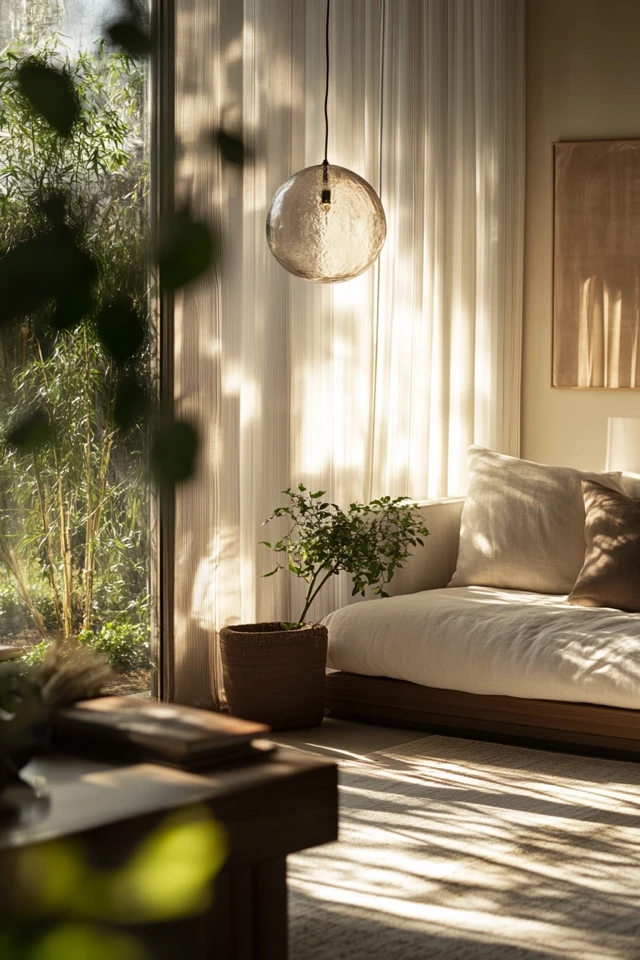There’s nothing quite like the magic of natural light to elevate a room. It’s free, sustainable, and, when used properly, can transform even the simplest space into a warm and inviting haven. I learned the power of natural light during my first apartment makeover. My living room had these stunning floor-to-ceiling windows, but I had no idea how to work with the light pouring in. At first, I blocked most of it with heavy curtains because I thought it was too bright. But as soon as I switched to sheer panels and rearranged my furniture to embrace the light, my space went from dull to absolutely radiant.
Since then, I’ve been obsessed with using natural light to highlight colors, textures, and design elements in any room. Whether your space is drenched in sunlight or gets just a sliver of it, there are ways to maximize natural light to create an aesthetic room that feels bright, spacious, and alive. In this post, I’ll share my favorite tips for using natural light to enhance your space and make it look effortlessly beautiful.
Why Natural Light Matters in Interior Design
1. Enhances Colors and Textures
Natural light has the unique ability to bring out the true tones in colors and add depth to textures. Whether it’s the crisp white of your bedding or the grain of a wooden table, sunlight makes everything look richer and more dynamic.
2. Creates a Sense of Space
Light, especially when it enters through large windows or open spaces, has the effect of making a room feel larger and airier.
3. Affects Mood
Natural light is a proven mood booster. It can make a space feel cheerful, cozy, or serene, depending on how it’s utilized.
4. Saves Energy
By maximizing sunlight, you can reduce your reliance on artificial lighting during the day, making your home more energy-efficient.
1. Start with the Windows
Your windows are the gateway to natural light, so give them the attention they deserve.
- Clean Them Regularly: Even a thin layer of dust can block sunlight and make your room feel dimmer.
- Use Sheer Curtains: Swap out heavy drapes for light, sheer panels that diffuse sunlight while maintaining privacy.
- Go Bare (If You Can): If privacy isn’t an issue, keep your windows completely uncovered to let the maximum amount of light in.
2. Position Furniture Strategically
The placement of your furniture can make a big difference in how light interacts with your room.
- Face the Light: Position seating areas, desks, or reading nooks to take full advantage of sunlight. For example, place a cozy armchair by the window to create an inviting sunlit spot.
- Avoid Blocking Windows: Keep bulky furniture, like bookshelves or tall cabinets, away from windows to ensure light can flow freely into the space.
- Reflect the Light: Use glass or mirrored furniture to bounce light around the room, making it feel brighter.
3. Use Reflective Surfaces
Reflective elements are your best friend when working with natural light.
- Mirrors: Hang a mirror opposite a window to reflect sunlight and make your room feel larger and brighter.
- Glossy Finishes: Incorporate furniture or décor with shiny surfaces, such as a glass coffee table or lacquered cabinets, to amplify light.
- Metallic Accents: Gold, silver, and brass accessories can catch and reflect sunlight beautifully.
4. Choose Light-Enhancing Colors
Colors play a crucial role in how light interacts with a room.
- Light Walls: Stick to white or light pastel shades for your walls to reflect sunlight rather than absorb it.
- Ceiling Colors: Paint your ceiling white or a very light color to make the room feel taller and more open.
- Bright Accessories: Use brightly colored décor, like pillows or vases, to pop against the natural light.
5. Opt for Lightweight Materials
The materials you use in your room can influence how natural light behaves.
- Sheer Fabrics: Choose lightweight fabrics for curtains, bedding, or tablecloths to let light filter through.
- Glass or Acrylic: Use transparent or translucent materials for décor, such as glass lamps or acrylic chairs, to allow light to flow uninterrupted.
- Natural Textures: Materials like linen and cotton soften and complement natural light, creating a relaxed, organic feel.
6. Create Zones with Light
If your room has multiple sources of natural light, use them to define zones.
- Dining Area: Place your dining table near the brightest window for an uplifting breakfast nook.
- Reading Nook: Use a window seat or corner to create a cozy area for reading or relaxing in the sunlight.
- Workspace: Set up your desk by a window to boost focus and energy levels while working or studying.
7. Use Skylights or Transom Windows
If you’re renovating or building a new space, consider adding skylights or transom windows.
- Skylights: They bring in natural light from above, brightening areas where traditional windows may not work.
- Transom Windows: These smaller windows placed above doorways or regular windows let light pass between rooms.
8. Incorporate Greenery
Plants thrive in natural light and add life to any room.
- Large Plants: Place statement plants like a fiddle leaf fig or rubber tree near windows to make the most of the light.
- Small Plants: Use smaller plants, like succulents or ferns, on windowsills to catch the sun.
- Hanging Plants: Suspend plants in front of windows for a whimsical, aesthetic touch that doesn’t block the light.
9. Time Your Light
Natural light changes throughout the day, so think about how you use your space at different times.
- Morning Sunlight: East-facing rooms get the softest, warm light in the morning—perfect for bedrooms or breakfast nooks.
- Afternoon Light: South- and west-facing rooms get stronger light later in the day, ideal for living rooms or workspaces.
10. Add Layers of Artificial Light for Evening
To maintain the same aesthetic after the sun goes down, layer your lighting to mimic natural light.
- Warm Bulbs: Use warm-toned LED lights that mimic the glow of the sun.
- Dimmers: Install dimmer switches to control the brightness and create a cozy ambiance.
- Fairy Lights: Use string lights or lanterns to add a touch of magic to your space after dark.
Picture Gallery
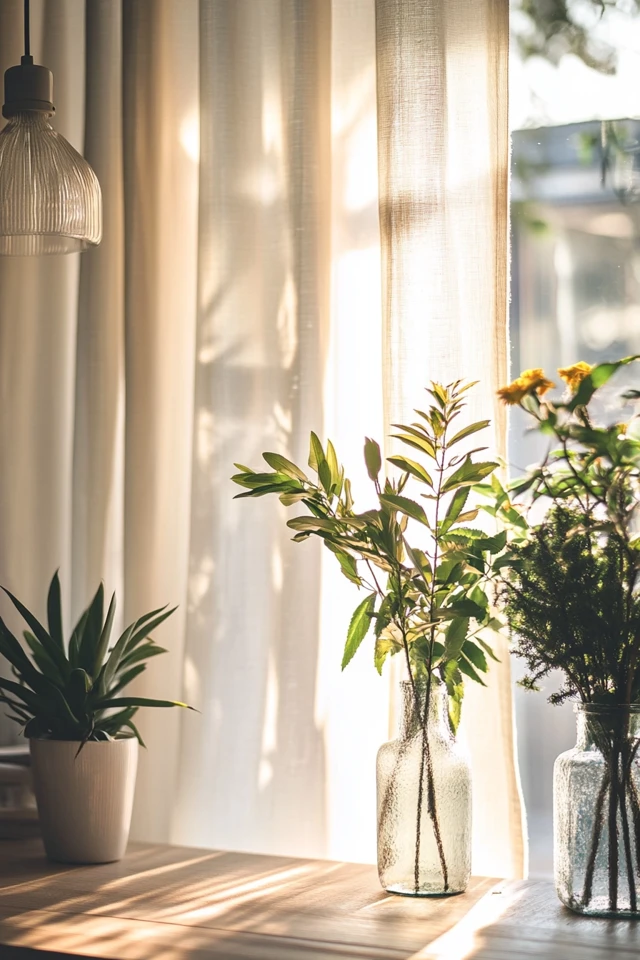


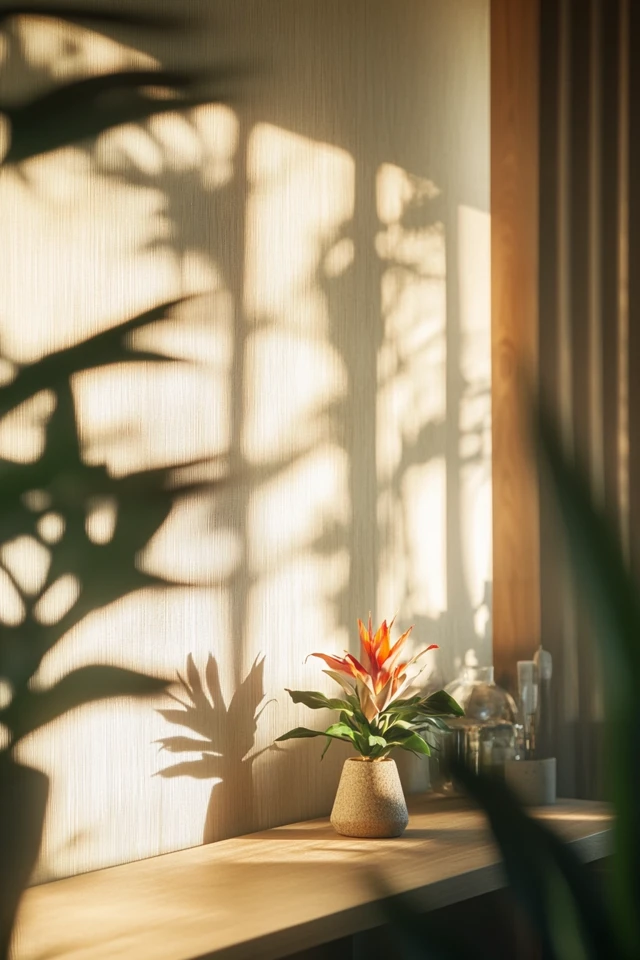
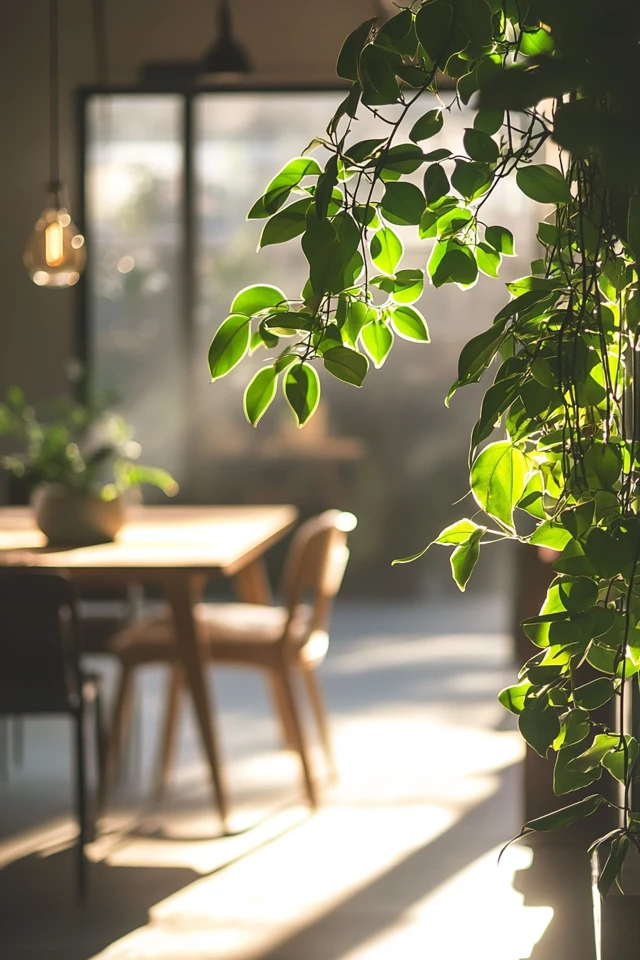
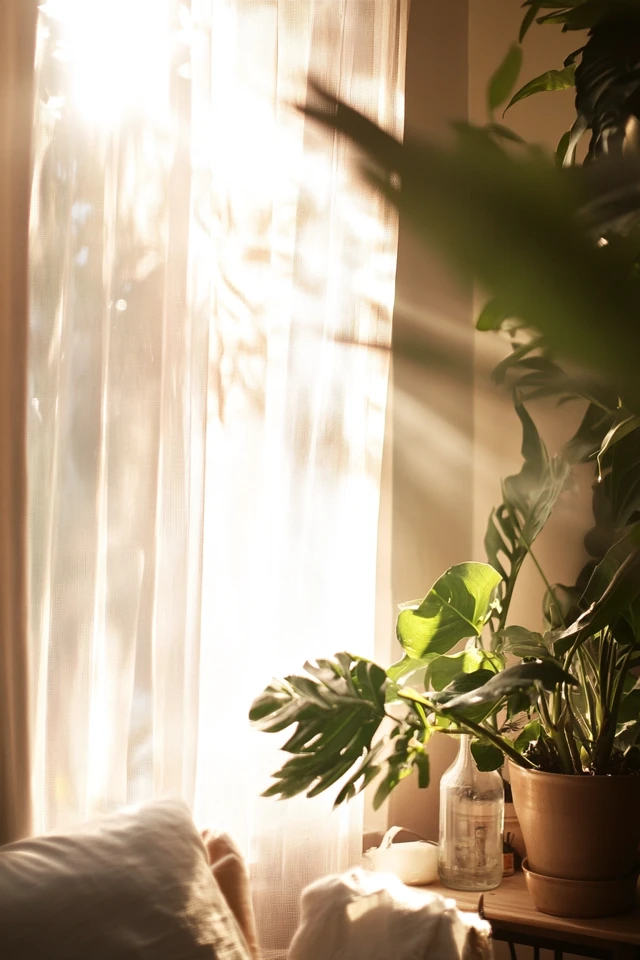

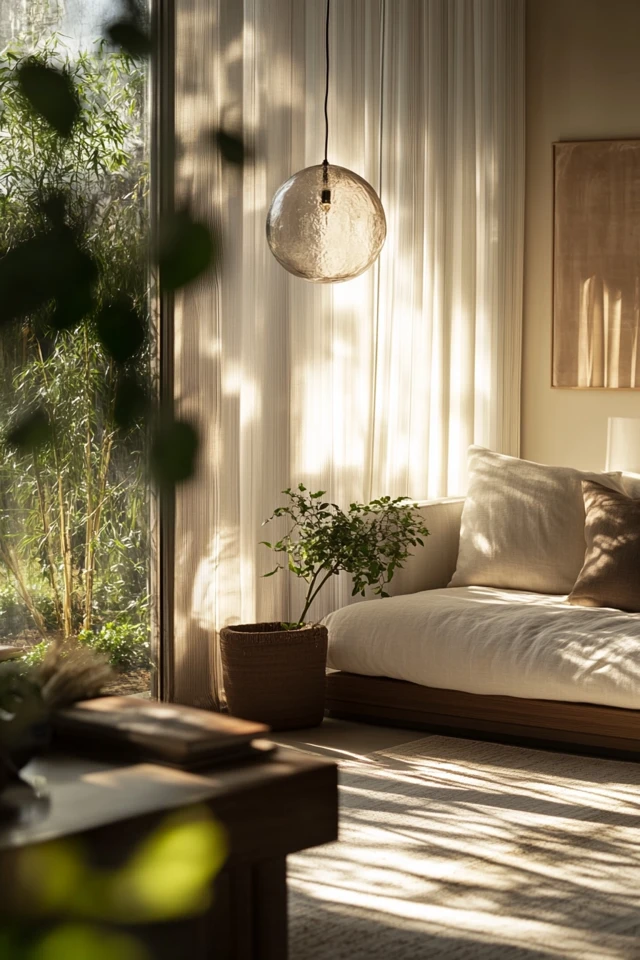
Natural Light Hacks for Small Rooms
If your space doesn’t have large windows or gets limited sunlight, try these tips:
- Lighten the Walls: Use the lightest shades possible for paint and décor to maximize reflection.
- Add Mirrors: Mirrors can create the illusion of additional windows, making the room feel brighter and bigger.
- Use Transparent Furniture: Glass or acrylic furniture doesn’t block light, keeping the room open and airy.
- Open the Layout: Avoid bulky partitions or heavy furniture that can block light flow.
Conclusion
Natural light is one of the most valuable design elements you can use to enhance your aesthetic room. It’s not just about brightness—it’s about creating a space that feels alive, balanced, and inviting. Whether you’re working with large windows or a single skylight, there are countless ways to optimize and amplify the light in your space.
By focusing on reflective surfaces, lightweight materials, and strategic furniture placement, you can make even the smallest amount of sunlight work wonders in your room. Remember, natural light has a way of highlighting the beauty of your colors, textures, and décor choices, making everything look and feel more intentional.
So, throw open those curtains, embrace the sunshine, and watch your room transform into a light-filled oasis that’s as aesthetic as it is functional.
FAQs
1. How do I maximize natural light in a room with small windows?
Use mirrors to reflect light, keep walls and furniture light-colored, and avoid heavy window treatments that block sunlight.
2. What’s the best way to keep natural light from overheating a room?
Install UV-blocking window films, use sheer curtains to diffuse light, or opt for reflective blinds to reduce heat.
3. Can I create the illusion of natural light in a dark room?
Yes! Use warm-toned artificial lighting, mirrors, and light-colored décor to mimic the effect of natural sunlight.
4. How do I arrange my furniture to make the most of natural light?
Keep large furniture away from windows, position seating near light sources, and use reflective or glass furniture to amplify sunlight.
5. What colors work best in rooms with lots of natural light?
Whites, pastels, and light neutrals reflect sunlight beautifully, while saturated tones like navy or emerald add depth and richness.

